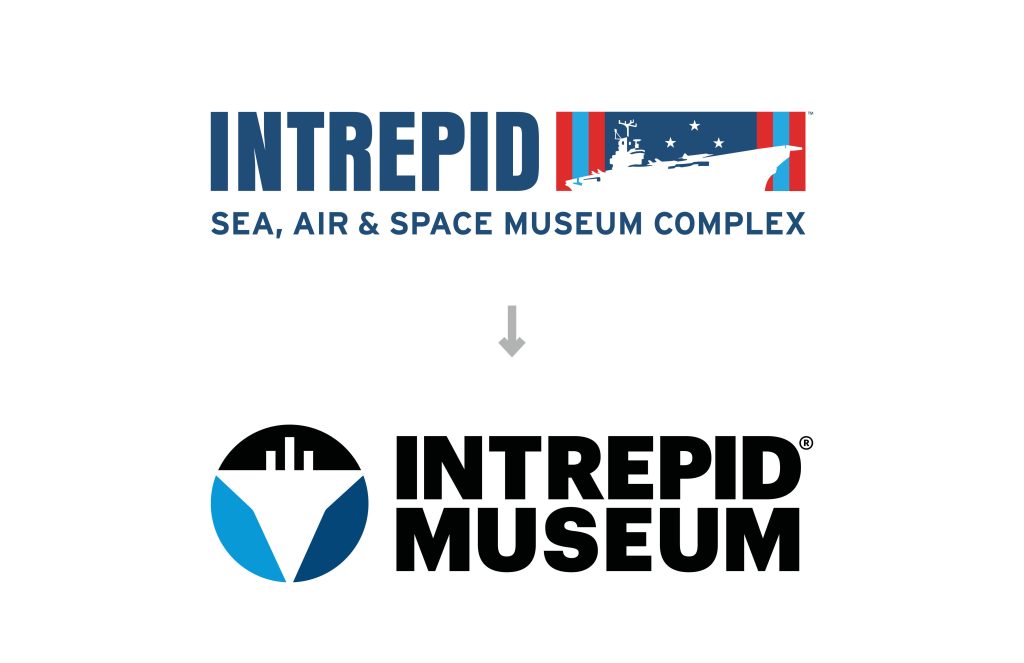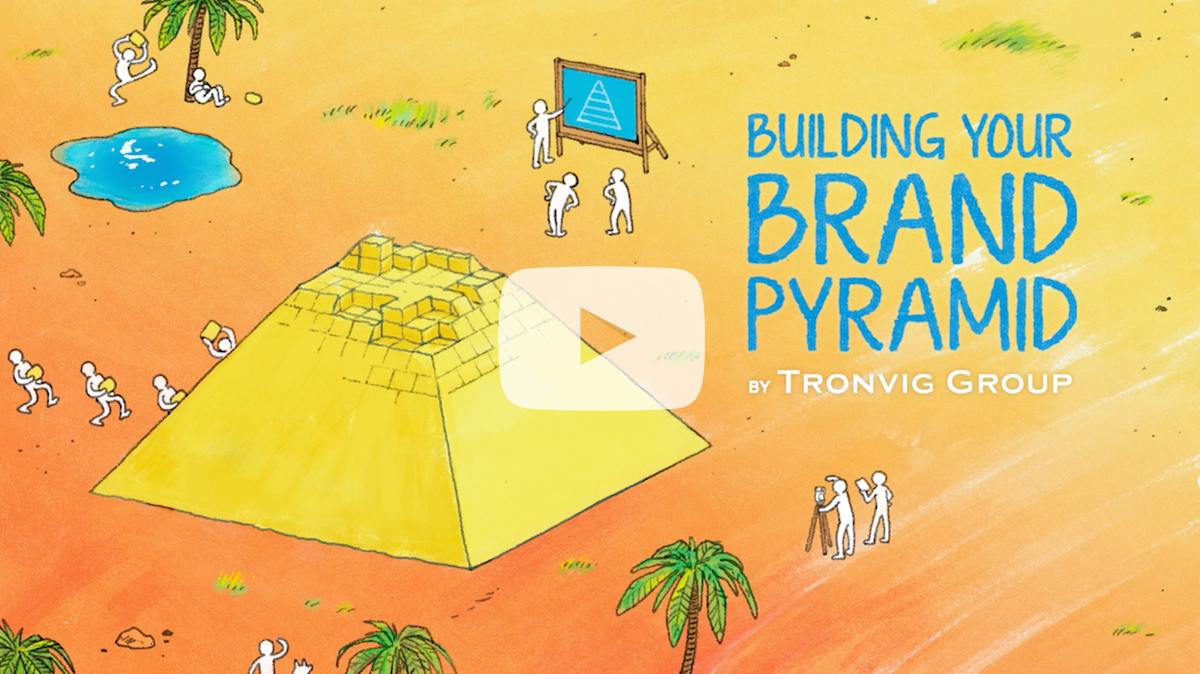The key brand question you must answer is, “Who are we?” The best answer to this is something that is short and clear.
The answer cannot be “this, and this, and, oh yes, this.” No matter how complex the reality is, a brand’s keynote expression must be immediately graspable if it is to have real power. And it still needs to be true.

Occasionally we are asked to take a project without the opportunity to do brand development work first. “Oh, our brand is fine, we just need a new website that will express it better.”
This almost always leads to trouble, because more often than not, one key reason the website is not working is because there is a more general lack of brand clarity.
Reducibility to a single word is actually an indication of brand strength.
Reducibility to a single word is actually an indication of brand strength.
Toyota: reliability
Mercedes: prestige
BMW: driving
Volvo: safety
Each of these companies has cultivated its U.S. brand reducible to a single word that differentiates it from its competitors. Other brand sectors are similar. Even in the museum world, the strongest brands can be similarly reduced:
Metropolitan Museum of Art: masterpiece
MoMA: modernism
American Museum of Natural History: adventure
Guggenheim: parking garage—just kidding … that’s two words 😉
If the institutional response to this kind of requirement for absolute clarity is, “Yes, but we also have to feature this and this and this, and how can we get this in there, and let’s not forget this.” Then, well … we have a problem. And we certainly don’t have a brand that can be understood, let alone remembered, by someone on the outside. (I would argue the inside as well, but that’s for another post.)
Internal understanding of an organization is often nuanced and complex, while external understanding can almost never be.
A root cause of this problem is, I think, that internal understanding of an organization is often nuanced and complex, while external understanding can almost never be.
A brand always has many elements: colors, words, photography, logos, ads … all of which may have been independently developed over time without strategic brand guidance. As a result, they do not reflect or amplify a coherent and unified message.
With no clearly understood guiding principle that can illuminate the weaknesses of one argument measured against another, all things are nearly equal in the unfocused eyes of such a brand. This makes it much harder for anyone to argue for the elimination of nonessential stuff. By contrast, if the same elements are measured against clear benchmarks for style and meaning, they can be easily deposed. I write about this a little bit in the inauspiciously titled post Brand Impact on CSI Reports, and more recently with museums as the example in the post What if museums were run like successful companies?
A brand, if it is to be powerful, cannot be about many different things.
All of those particular things that the institution sees in itself may indeed be true, but for the brand consumer, it’s just not possible to pull all of them together into a memorable brand idea.
A brand, if it is to be powerful, cannot be about many different things. You must have the courage to ignore those who will always be there whispering, “But this is important too.” Capitulating to this urge is a recipe for brand mediocrity: in many such cases, it’s all there and all true, and yet, in the end, nothing sticks in the brand consumer’s mind. That’s the very definition of brand disaster.
So let me ask the question again. “Who are you?” You must decide on the one thing that you are most—the one thing that represents you best and for whom your audience cares most deeply.
Decide on ONE thing.
You really only get one.
Make THAT decision, and then we can put everything else under that. Once all the brand elements align, and they all point back to that ONE thing …
THEN you will indeed have a powerful brand.
Do you need an affordable way to improve your brand today?
Because we know that not everyone needs or can afford our full process, we created a guided tutorial package for our foundational brand strategy tool: the Brand Pyramid. Watch the video for a preview.
For more information on the brand strategy tutorial, visit here where you will find a fuller explanation and link to a free download of the first video.
Illustration for Tronvig Group by Sage Einarsen




